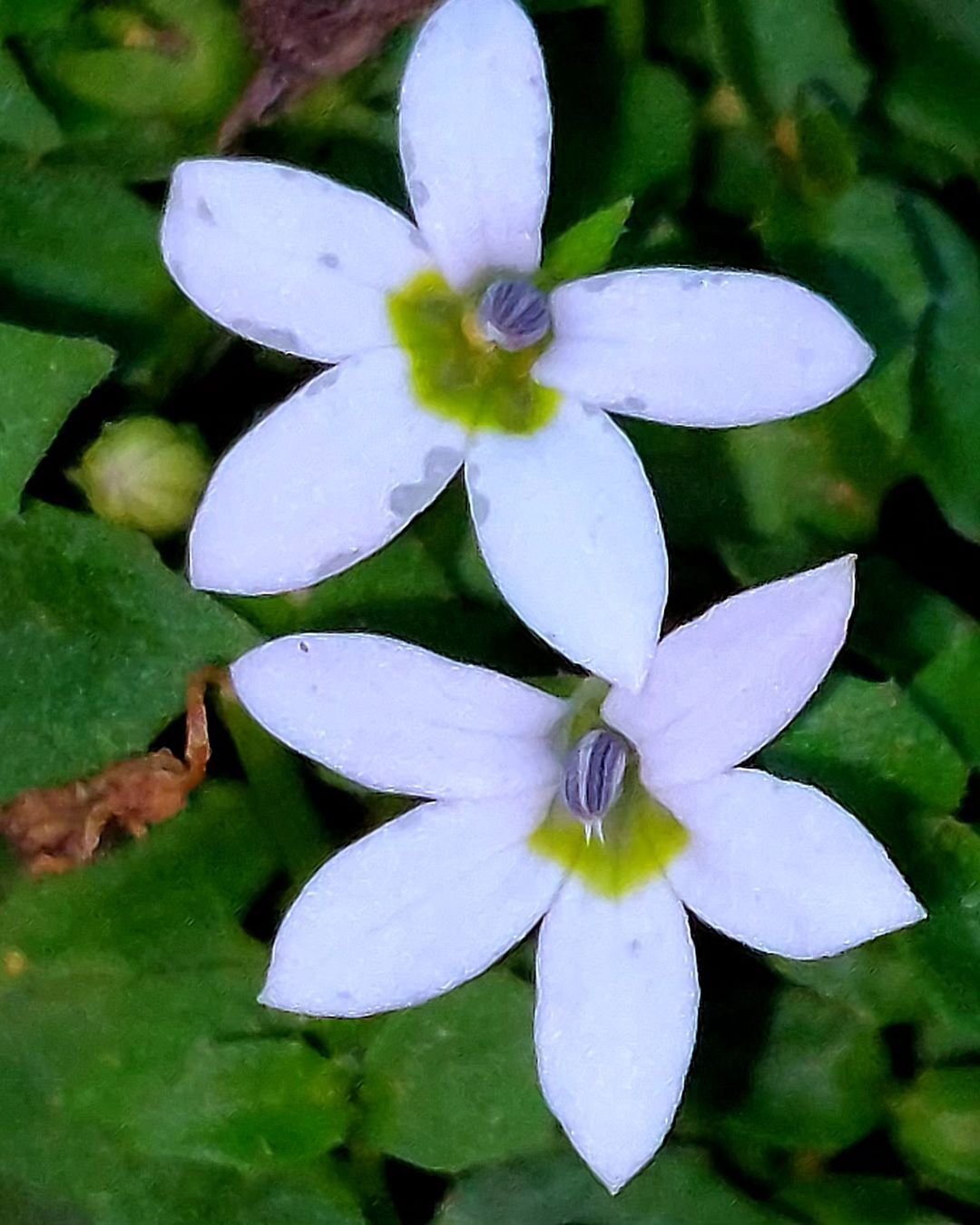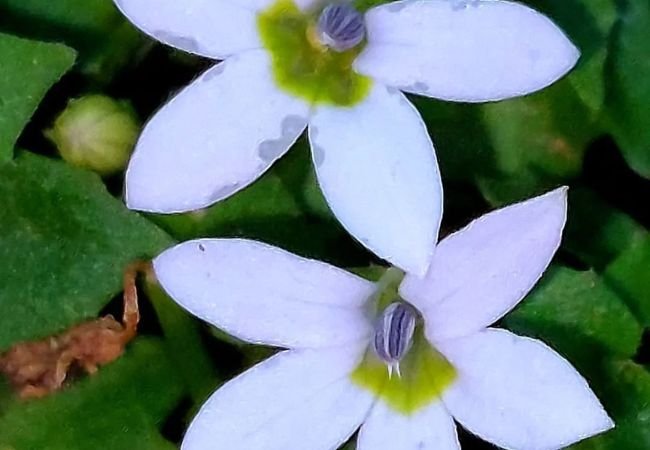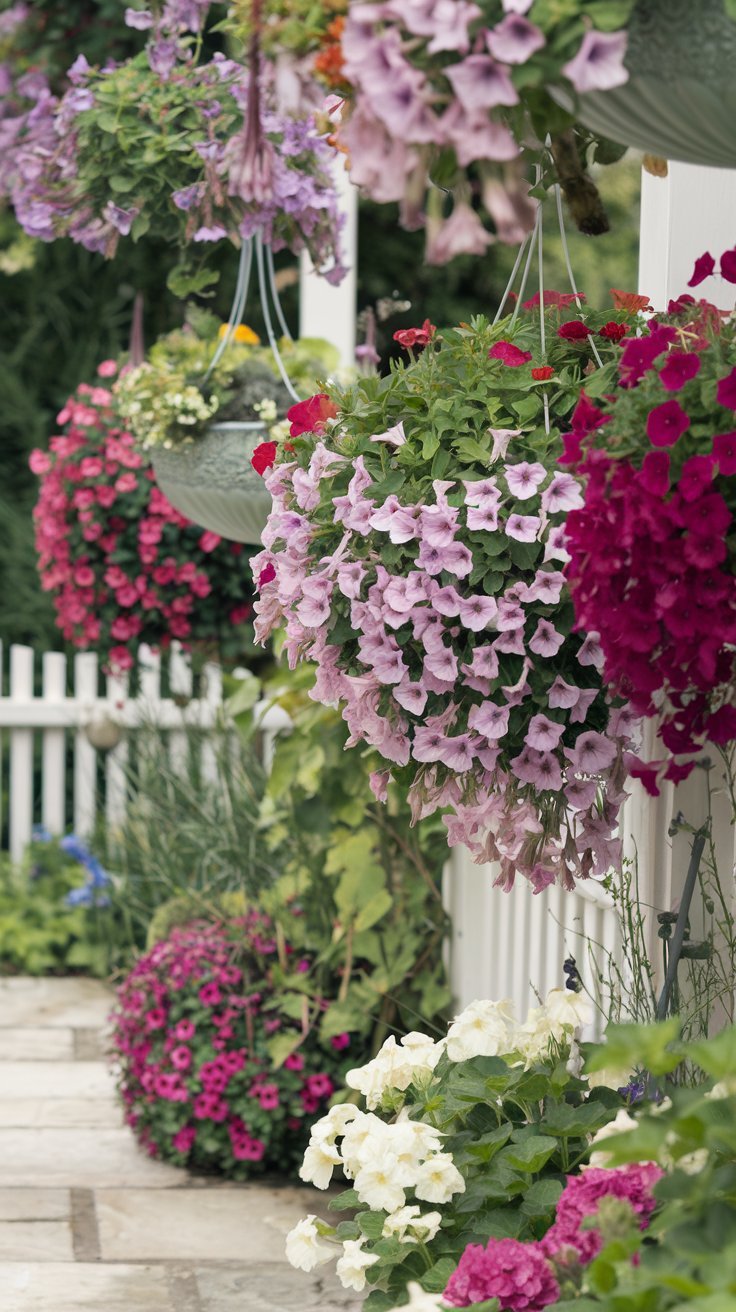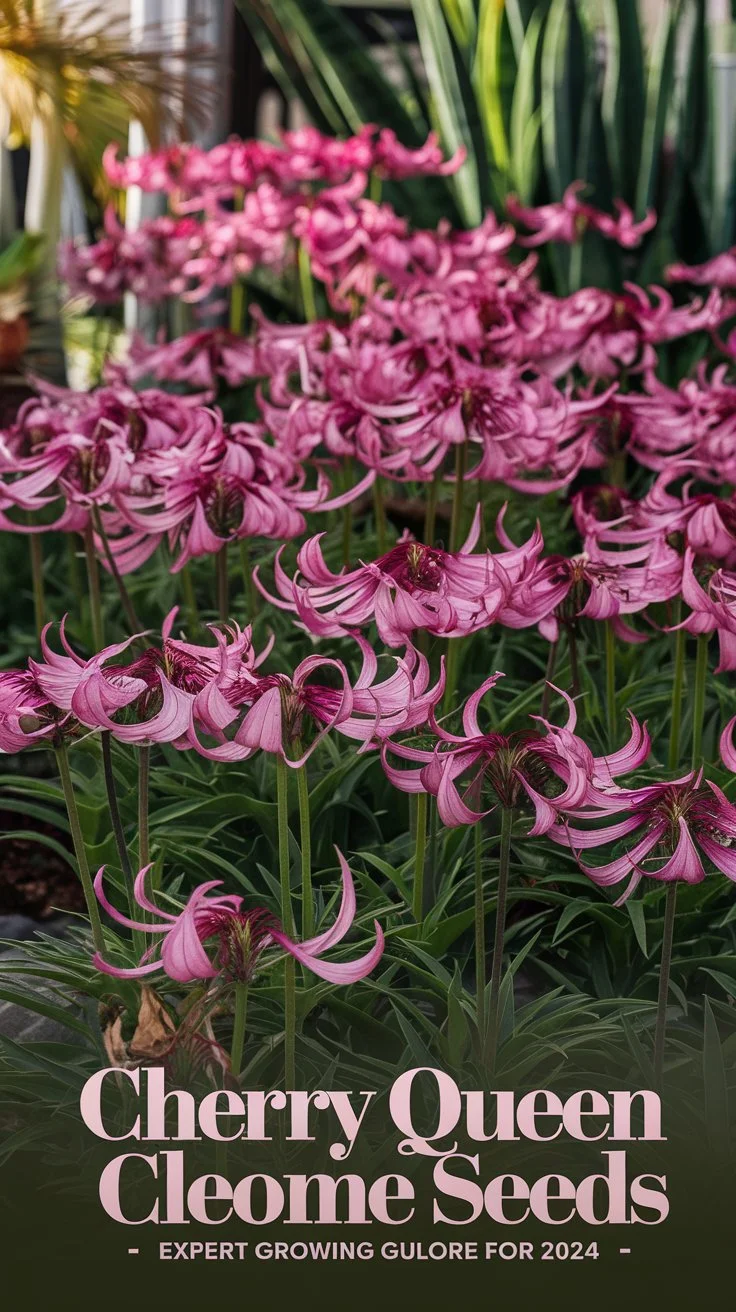Discover how to grow and care for Blue Star Creeper, a lovely ground cover plant. Learn planting tips, maintenance techniques and creative ways to use this versatile plant in your garden.
If you’re looking to add a beautiful, low-growing plant to your garden, consider the Blue Star Creeper. This charming ground cover offers a carpet of lovely blue-green foliage and delicate, star-shaped flowers. In this guide, we’ll share everything you need to know about growing and caring for Blue Star Creeper.
Here is a chart with detailed information on Blue Star Creeper:
| Category | Information |
|---|---|
| Botanical Name | Isotoma fluviatilis |
| Common Name | Blue Star Creeper |
| Plant Type | Perennial Groundcover |
| Hardiness Zone | 5-9 |
| Sun Exposure | Full Sun to Partial Shade |
| Soil Type | Well-drained, Moist |
| Watering | Regular, Keep Soil Moist |
| Growth Habit | Low-Growing, Spreading |
| Height/Spread | 1-3 inches tall / 12-18 inches wide |
| Special Features | Tolerates Foot Traffic, Tiny Blue Flowers, Fast-Spreading, Low Maintenance |
What is Blue Star Creeper?

Blue Star Creeper, also known as Isotoma fluviatilis, is a perennial ground cover native to Australia and New Zealand. It belongs to the Campanulaceae family and is closely related to the more common Lobelia plants.
Key features of Blue Star Creeper include:
- Carpet-forming habit, growing only 2-4 inches (5-10 cm) tall
- Lush, dark green to blue-green foliage
- Small, star-shaped white or blue flowers
- Spreading growth habit, making it ideal for ground cover
Blue Star Creeper thrives in partly shady to sunny locations and is known for its ability to spread quickly and fill in bare areas.
Benefits of Growing Blue Star Creeper
There are many reasons why gardeners love having Blue Star Creeper in their landscapes:
- Attractive year-round foliage
- Delicate, eye-catching flowers in spring and summer
- Low-maintenance and easy to care for
- Excellent ground cover and weed suppressor
- Drought-tolerant once established
- Attracts pollinators like bees and butterflies
Whether you’re looking to cover bare soil, add texture to your garden, or create a lush, carpeted effect, Blue Star Creeper is a fantastic choice.
How to Grow Blue Star Creeper
Successful Blue Star Creeper growth starts with proper planting and care.
Follow these tips for best results:
Planting
- Choose a location with partial shade to full sun exposure.
- Prepare the soil by mixing in compost or well-rotted organic matter.
- Space plants 12-18 inches (30-45 cm) apart, depending on your desired coverage.
- Plant at the same depth as the container, gently firm the soil, and water thoroughly.
Watering
- Blue Star Creeper is relatively drought-tolerant, but it prefers moist, well-draining soil.
- Water newly planted areas regularly until established, then water during extended dry periods.
- Avoid overwatering, as this can lead to root rot.
Fertilizing
- Blue Star Creeper doesn’t require heavy fertilization.
- Apply a balanced, slow-release fertilizer in early spring to encourage growth.
- Avoid high-nitrogen fertilizers, as they can promote excessive foliage at the expense of flowering.
Pruning and Maintenance
- Minimal pruning is needed, but you can trim back any dead or damaged foliage as needed.
- To maintain a tidy appearance, you can gently trim the edges of the ground cover with shears.
- Divide overcrowded plants in early spring or fall to rejuvenate the planting.
Creative Ways to Use Blue Star Creeper
Blue Star Creeper is a versatile plant that can be used in a variety of garden settings:
- Ground cover: Plant it between stepping stones, around trees, or in large, open areas.
- Edging: Use it to define garden beds or pathways.
- Hanging baskets: Grow Blue Star Creeper in containers or hanging baskets for a cascading effect.
- Rock gardens: The low-growing habit makes it ideal for rock gardens and alpine-style plantings.
- Water gardens: Blue Star Creeper can tolerate moist soil and can be used around ponds or water features.
Common Challenges and Troubleshooting
While Blue Star Creeper is generally low-maintenance,
there are a few issues to be aware of:
Pests and Diseases
- Aphids, mealybugs and spider mites can occasionally infest the plants.
- Fungal diseases like powdery mildew or root rot can occur in overly wet conditions.
Weed Competition
- Blue Star Creeper’s spreading habit helps suppress weeds, but it may need occasional weeding, especially when newly planted.
Overwatering
- Soggy soil can lead to root rot and plant decline. Ensure proper drainage and avoid overwatering.
If you encounter any problems, address them promptly to keep your Blue Star Creeper thriving.
Blue Star Creeper is a charming and versatile ground cover that can add beauty and functionality to your garden. With its low-growing habit, lovely foliage, and delicate flowers, it’s no wonder this plant has become a favorite among gardeners.
By following the planting and care tips outlined in this guide, you can successfully grow and maintain a healthy Blue Star Creeper planting. Remember to consider its unique needs, such as partial shade and well-draining soil, and you’ll be rewarded with a lush, carpeted effect that’ll enhance your outdoor spaces for years to come.
So why not give Blue Star Creeper a try in your garden? This delightful ground cover is sure to bring a touch of natural beauty and charm to your landscape.
For more gardening tips and plant care guides, visit usagardenhub.com






One thought on “Blue Star Creeper : Growing and Caring for a Beautiful Ground Cover Plant”